RUDN University agronomists have discovered a bacteriophage that destroys bacteria dangerous to cabbage and other plants.
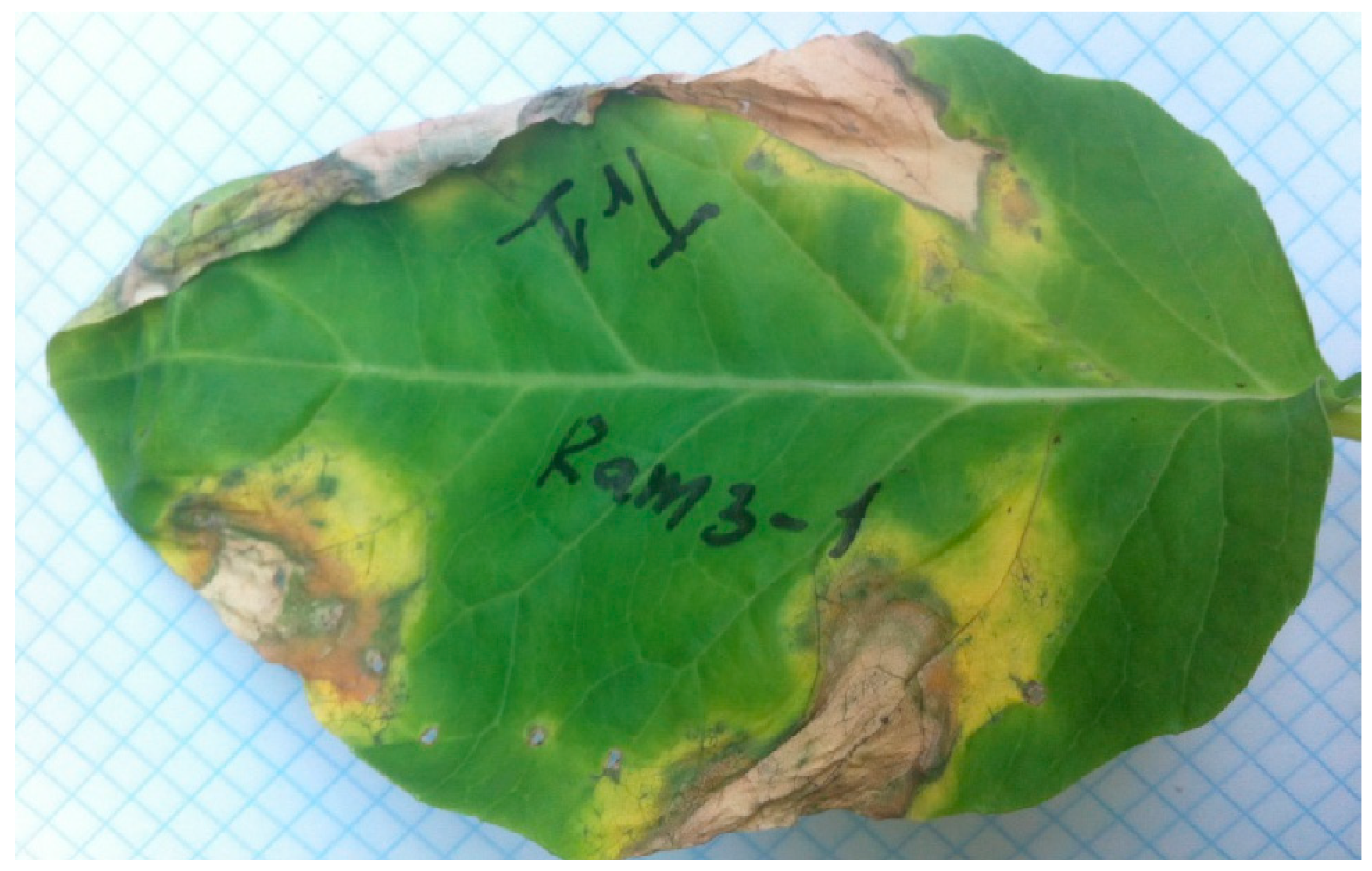
news, journals and articles from all over the world.

RUDN University agronomists have discovered a bacteriophage that destroys bacteria dangerous to cabbage and other plants.
The critical role of gardeners in identifying ‘future invaders’ – ornamental plants that could become invasive species – has been revealed by researchers from the University of Reading and the Royal Horticultural Society.
This study uses forest inventory data from over 25,000 plots to show that the prevalence of tree pests is jointly controlled by the diversity and phylogenetic composition of forests.
Iron is a micronutrient for plants. Biologists from the Institute of Botany at Heinrich Heine University Düsseldorf (HHU) describe in a study, which has now been published in the Journal of Cell Biology, that regulatory proteins for iron uptake behave particularly dynamically in the cell nucleus when the cells are exposed to blue light – an important signal for plant growth.
In a group of plants that is famous for luring its pollinators into a death trap, one species offers its flowers as a nursery in exchange.
A team at the University of Seville has studied trends in the flowering date of around fifty plant species over the last 35 years in Doñana National Park.
A team of researchers from the University of Massachusetts Amherst recently published a pioneering study that answers a central question in biology: how do organisms rally a wide range of cellular processes when they encounter a change—either internally or in the external environment—to thrive in good times or survive the bad times? The research, focused on plants and published in Cell, identifies the interactions between four compounds: pectin, receptor proteins FERONIA and LLG1 and the signal RALF peptide.
In a significant development for personalised nutrition, researchers in Italy have cultivated microgreens with bespoke nutritional profiles to serve individual dietary requirements.
Kale is considered particularly healthy due, among other things, to its high secondary plant compound content, including the glucosinolates that give the vegetable its typical cabbage flavour.
This data will have many applications, including understanding how vegetation regenerates after fires, and how plant communities are being affected by a drying and warming climate.
In a meta-study, a research team from the Institute of Environmental Biotechnology at Graz University of Technology has provided evidence that the consumption of fruit and vegetables contributes positively to bacterial diversity in the human gut.
What if your house plant could tell you your water isn’t safe? Scientists are closer to realizing this vision, having successfully engineered a plant to turn beet red in the presence of a banned, toxic pesticide.
UCR researchers suggest that assessing a plant’s physiological state during stress, exacerbated by hotter, drier climates, can reveal their proximity to local extinction
RUDN University agronomists have shown that the hormone melatonin and the mineral zeolite mitigate the dangerous effects of heavy metals on plants. The first protects cells from destruction by cadmium, and the second increases nutrient availability and prevents the absorption of hazardous metals into the plant. The study was carried out on bamboo.

Crop modification can be traced to the beginning of agriculture and human civilization. Native Americans, for example, developed corn from a wild grass called teosinte more than 7,000 years ago. Methods to increase crop resiliency and sustainability have evolved, and improved, over time.
Imagine if humans could ‘talk’ to plants and warn them of approaching pest attacks or extreme weather. A team of plant scientists at the Sainsbury Laboratory Cambridge University (SLCU) would like to turn this science fiction into reality using light-based messaging to ‘talk’ to plants.
If you happen to come across plants of the Balanophoraceae family in a corner of a forest, you might easily mistake them for fungi growing around tree roots. Their mushroom-like structures are actually inflorescences, composed of minute flowers.
Many consumers buying over-the-counter omega-3 fatty acid supplements may be getting rancid pills, according to a new study published today by researchers at the George Washington University.
New research has revealed that Australia’s iconic grass trees – aka yaccas – play a critical role in protecting wildlife from deadly weather extremes, thereby ensuring their survival. But the grasses themselves are under threat due to back burning, clearing and disease.
Plant and animal stem cells both rely on the cytoskeleton to divide properly, but a new study finds that they use them in opposite ways—while animal cells pull on the cytoskeleton, plant cells push it away. Harnessing that action could help scientists engineer more resilient plants.
The Environmental Molecular Sciences Laboratory (EMSL) is seeking biological and environmental science project proposals for the Fiscal Year 2024 Exploratory Research Call through 5 p.m. on Thursday, July 6.
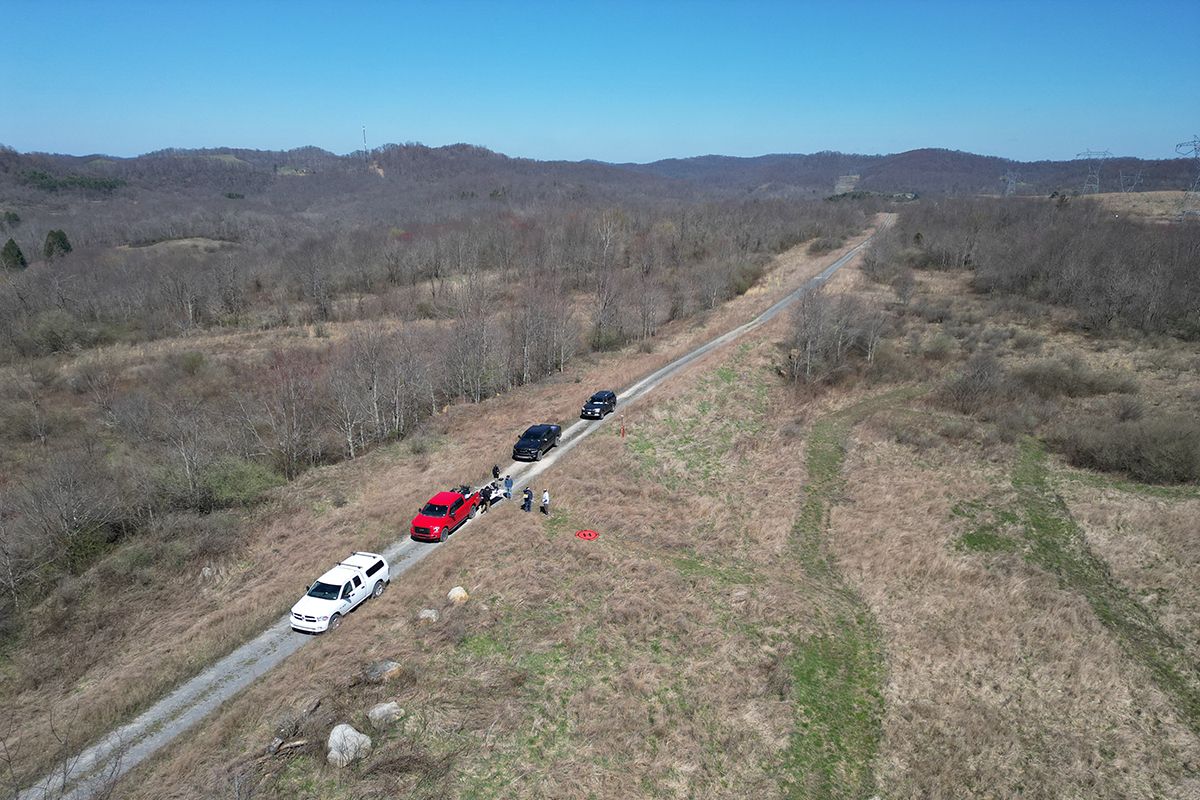
Multiflora rose may sound like a bountiful variant of the classic flowering bush, but its unexpected white blooms and red berries conceal one of Mother Nature’s sinister surprises: The invasive shrub is a thorny foe that threatens native plants in more than 40 states, including West Virginia and neighboring Pennsylvania.
A movement is raising awareness of native gromwell plant’s importance in preserving Japanese culture. For example, revival projects currently underway throughout Japan are investigating the seed’s origins and educating the public on the importance of protecting the plant’s homogeneity. Purple gromwell contains shikonin derivatives in the plant’s root surfaces, which are red naphthoquinones. This natural pigment and medicinal properties are linked to ancient East Asian traditions.
A new discovery by scientists at the University of Bristol changes ideas about the origin of branching in plants.
A West Virginia University expert is offering insights on the effects lingering winter weather and fluctuating temperatures could have on trees, shrubs and flowers heading into the official start of spring on Monday, March 20. Mira Danilovich, associate professor with…

Ants play a key role in forest regeneration, according to a new paper from Binghamton University, State University of New York.
Scientists have for the first time constructed the reference genome for the source of the popular fibre supplement, psyllium husk, which could boost supplies of the versatile plant-derived product.
By collecting electrons naturally transported within plant cells, scientists can generate electricity. Now, researchers reporting in ACS Applied Materials & Interfaces have, for the first time, used a succulent plant to create a living “bio-solar cell” that runs on photosynthesis.
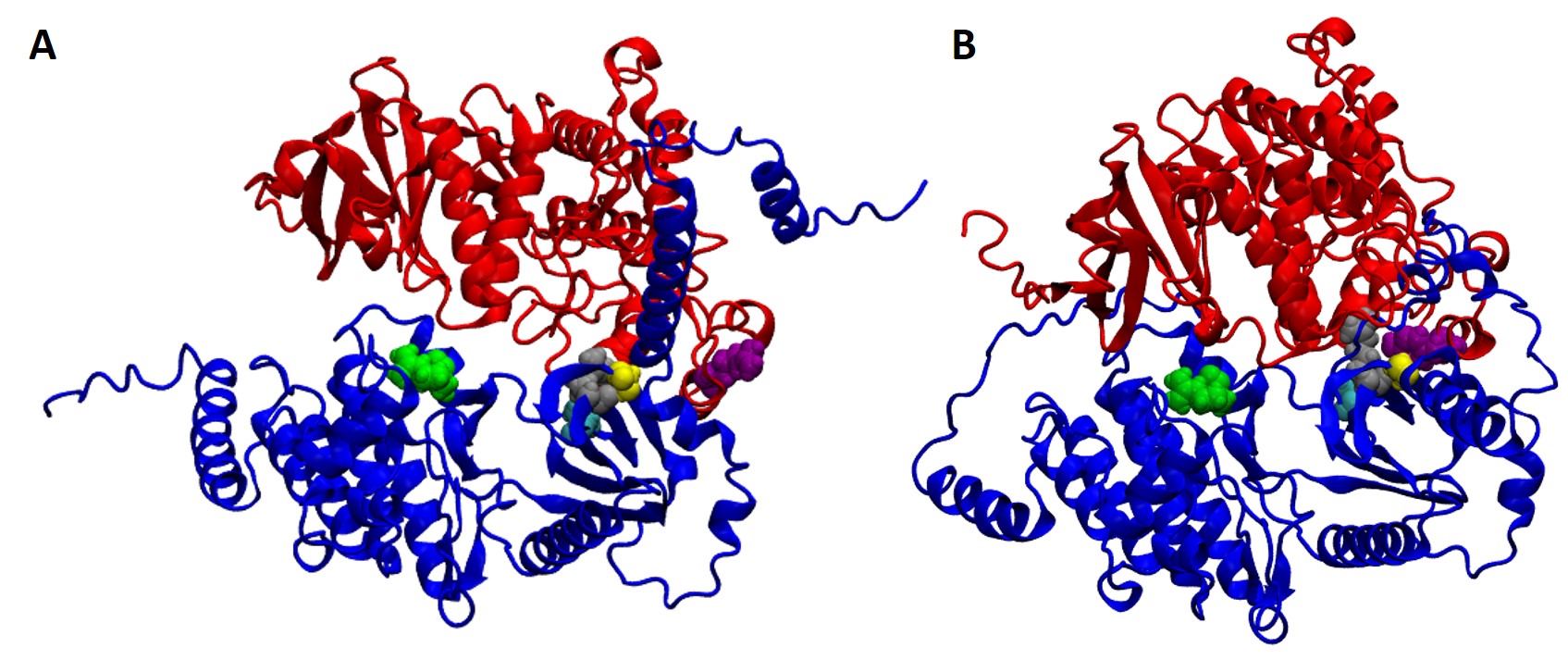
UC San Diego scientists have identified a long-sought carbon dioxide sensor in plants, a discovery that holds implications for trees, crops and wildfires. The researchers found that two proteins work together to form the sensor, which is key for water evaporation, photosynthesis and plant growth.
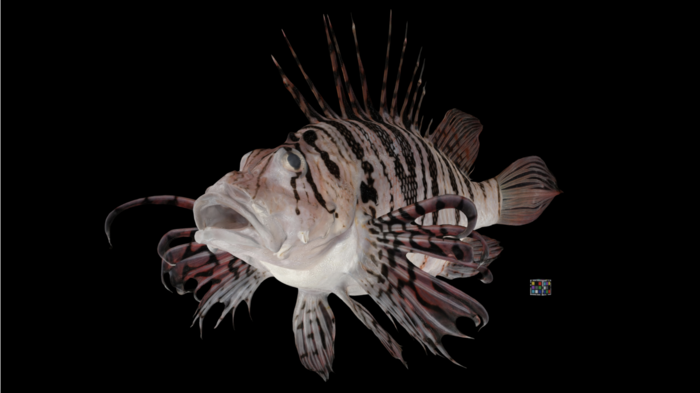
Reporting in Research Ideas and Outcomes, a Kyushu University researcher has developed a new technique for scanning various plants and animals and reconstructing them into highly detailed 3D models.
Blue carbon provides many ecosystem services and is an important tool in reducing the effects of climate change
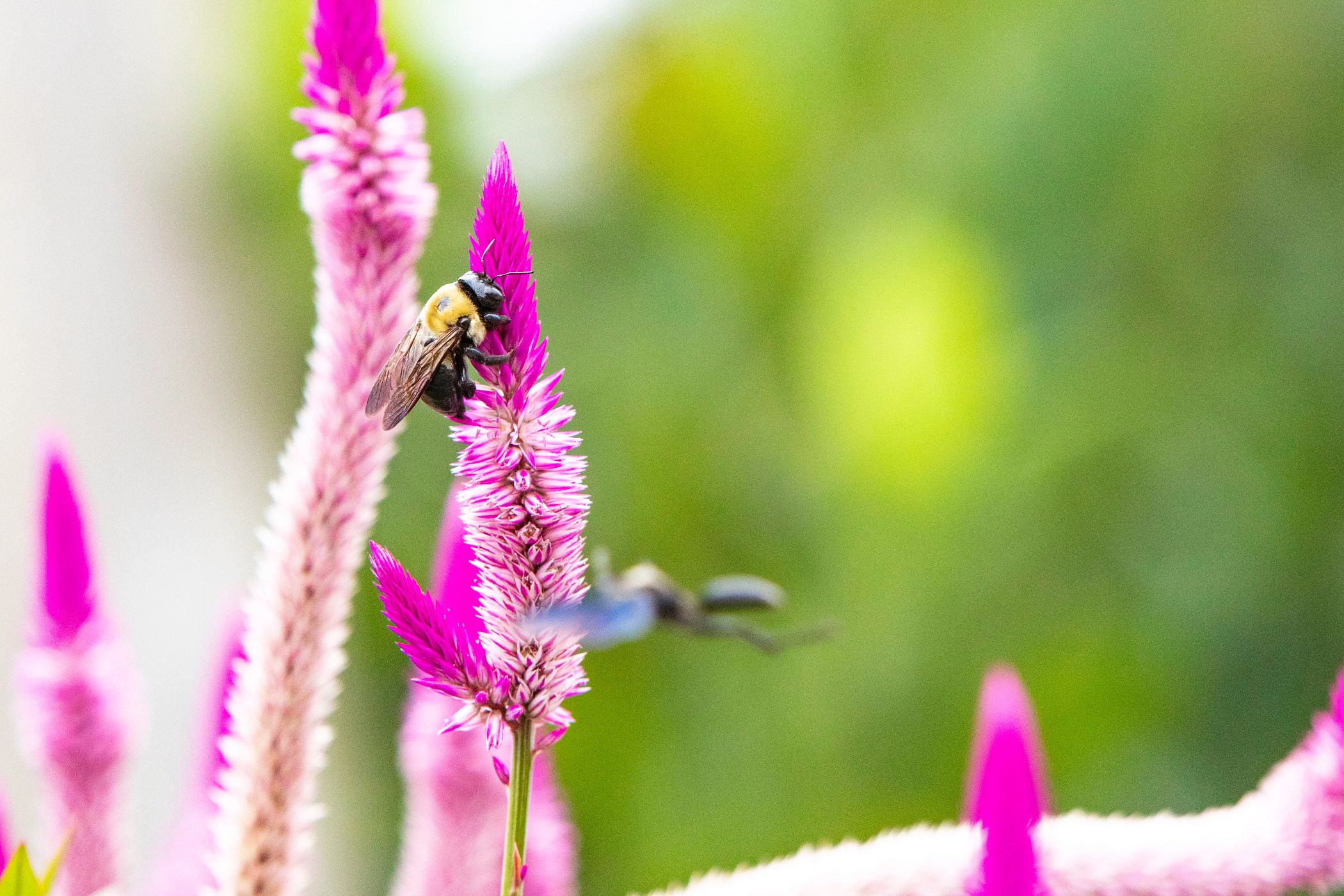
New research from the University of Georgia revealed that mixed land use – such as developments interspersed with forest patches – improves bee diversity and is leading to new solutions for bee conservation. The researchers hypothesized that development would negatively affect bee diversity, but the results of the study were surprising. They found that small amounts of development actually had a positive impact on the number of bee species present in a given area.

The USDA National Institute of Food and Agriculture has awarded researchers led by IU’s Roger Innes an over $1.2 million grant to generate wheat and barley lines with enhanced resistance to Fusarium Head Blight.
Greenhouse experiment finds that decreased soil moisture can hinder nematode speed and migration toward roots
Michigan State University researchers and colleagues at the University of California Berkeley, the University of South Bohemia and Lawrence Berkeley National Laboratory have helped reveal the most detailed picture to date of important biological “antennae.”
Leaf samples help identify plant health and nutritional needs.
The latest research on plants brought to you by Newswise.
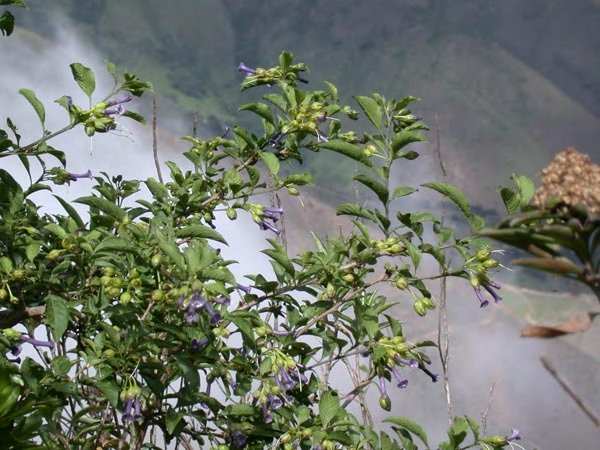
The first full genome in the tomatillo tribe adds to the rich story of the tomato family.
The impact of environmental conditions on the dynamic structures of RNAs in living cells has been revealed by innovative technology developed by researchers at the John Innes Centre.
Naturally occurring soil fungus can help protect crops from disease
Plant life in drier regions rely on an unsuspecting water source
Hand-hand spectrometer found to accurately predict root dry matter content
Scientists investigating the growth of arctic vegetation have found that seed dispersal and fire will slow its land expansion in the long term, despite more favorable conditions from a warming planet.
On a beautiful fall day in 2019, Miranda Sinnott-Armstrong was walking down Pearl Street in Boulder, Colorado when something caught her eye: a small, particularly shiny blue fruit, on a shrub known as Lantana strigocamara.
Dr. William H. Danforth, founding chairman of the Danforth Center, had a vision for St. Louis as a bioscience and agriculture innovation ecosystem.
Nestled at the intersection of eastern Tennessee’s Anderson and Roane Counties, the Oak Ridge National Environmental Research Park is a living laboratory and a major resource for conducting ecological studies.
The dining time of different insects impacts a plant’s defenses and nutritional quality—a complexity uncovered in new research with implications for pest management strategies.
Did you know our x-ray computer tomography (x-ray CT) facility is one of the only X-ray imaging facilities in North America that is solely devoted to studying plant biology?
Whether you are driving by or visiting the Danforth Center, one of the first things you’ll notice is the six acres of reconstructed Missouri tallgrass prairie in front of our building.
Scientists from the U.S. and South Africa are launching a campaign to map marine, freshwater, and terrestrial species and ecosystems in one of Earth’s biodiversity hotspots: the Greater Cape Floristic Region at the southwestern edge of South Africa.